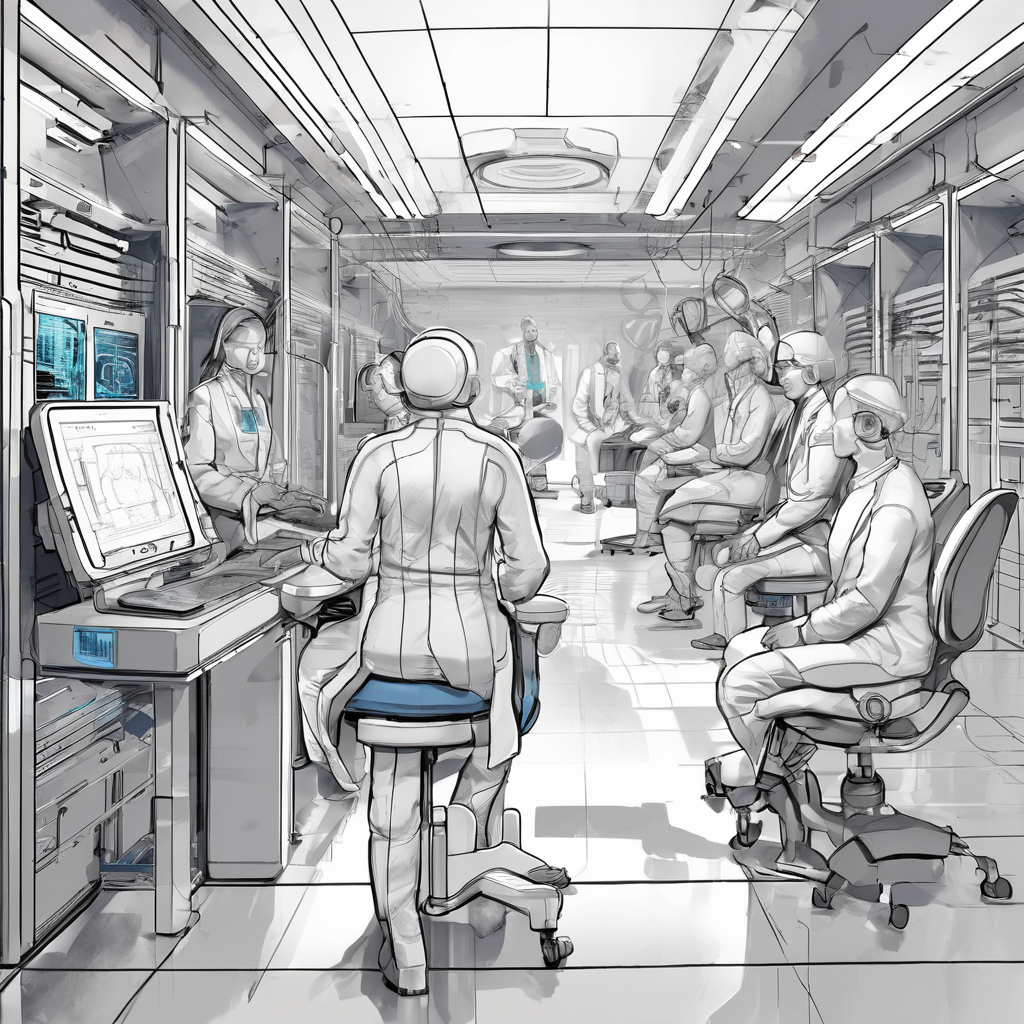Unlock the AI architecture behind ChatGPT’s expert medical insights and build your own powerful models.
ChatGPT stunned the world when it correctly answered 90% of questions on the United States Medical Licensing Examination (USMLE), a test that trips up even top medical students. This performance came from a model with 175 billion parameters, trained on vast datasets that mimic human reasoning in complex fields like medicine. Released by OpenAI in November 2022 [1], ChatGPT showed how AI can process medical scenarios with accuracy rivaling experts, sparking debates on its role in healthcare. Yet, building such a system isn’t magic. It relies on data-driven architecture that anyone with the right tools can replicate on a smaller scale.
ChatGPTs Architectural Data Foundations
What makes ChatGPT’s architecture tick at its core? It starts with a transformer-based design, a type of neural network that handles sequences of data like text. This setup uses layers of machine learning to predict and generate responses, drawing from massive training data. The model learns patterns in language by processing billions of words, allowing it to understand context and nuance.
